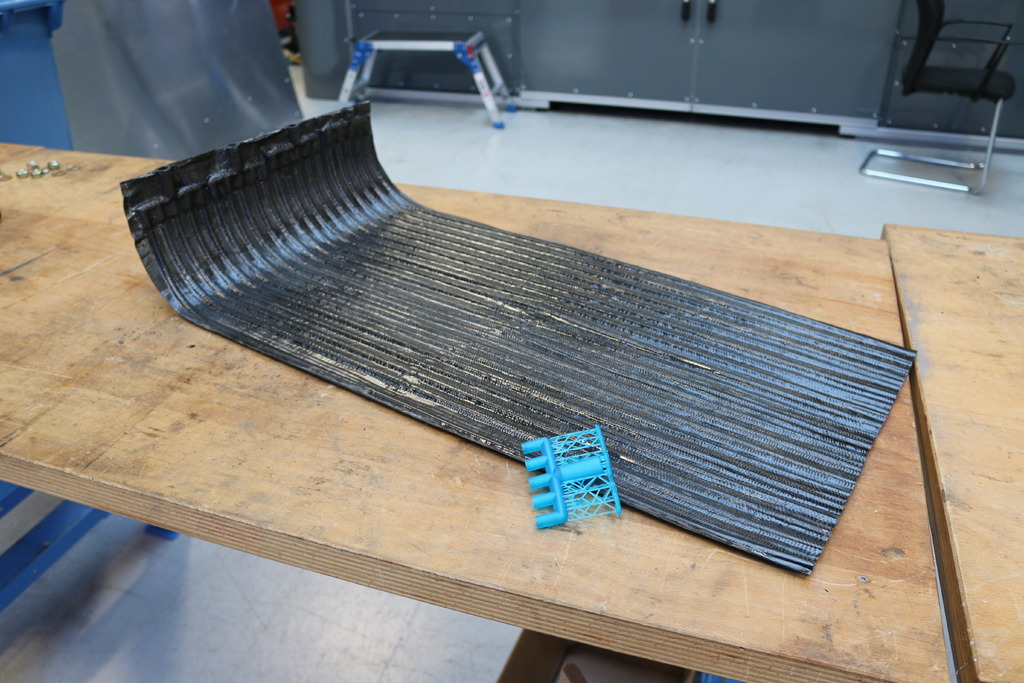
The University of Sheffield Advanced Manufacturing Research Centre (AMRC) is developing a 3D woven composite component which could withstand the extreme temperatures inside a fusion nuclear reactor.
The center is developing a replacement for a steel ‘breeder blanket’ which helps absorb the energy of neutrons released during nuclear fusion and prevent them from escaping. Currently, the steel modules used by the United Kingdom Atomic Energy Authority (UKAEA) are limited to approximately 500°C. AMRC’s aim is to produce a component that could withstand 600°C.
Engineers at the center proposed to make use of silicon carbide ceramic composite materials and to form a unitised 3D woven structure with additive manufacture components. The cooling tubes in the breeder blanket would be integrated into the material and 3D printed parts used to define features such as connectors and manifolds. Chris McHugh, dry fiber development manager at the AMRC Composite Centre, then created a weave design for the composite. ‘The design I created had multiple weave zones and had multiple layer weaves,’ he said. ‘The structure needed holes robust enough to include tubes and needed to maintain the preform shape without distortion. What we were able to produce on the loom was a 3D woven structure with pockets for the 3D-printed tubes which could be formed into a ridged component.’
The researchers have initially made a demonstrator breeder blanket concept made from carbon fiber reinforced polymer (CFRP), and next plan to build a demonstrator that can be tested inside a reactor test facility, the AMRC says.
‘This successful project has been an excellent first step in demonstrating alternative structural materials and manufacturing routes for scalable fusion reactor components,’ said technical lead for non-metallics, Dr Lyndsey Mooring. ‘This opens the design space available for our colleagues and offers problem solving solutions that can assist in realising a future fusion power plant.’
This story uses material from the AMRC, with editorial changes made by Materials Today. The views expressed in this article do not necessarily represent those of Elsevier.




